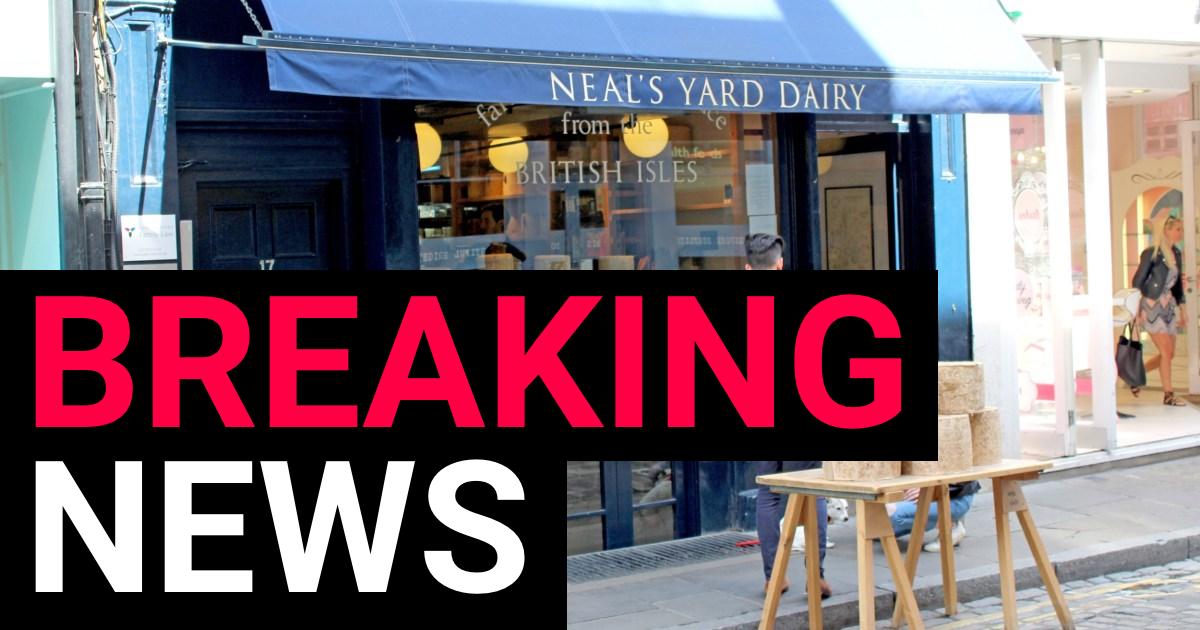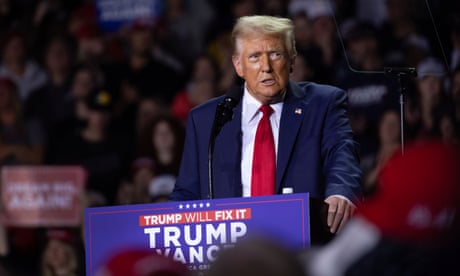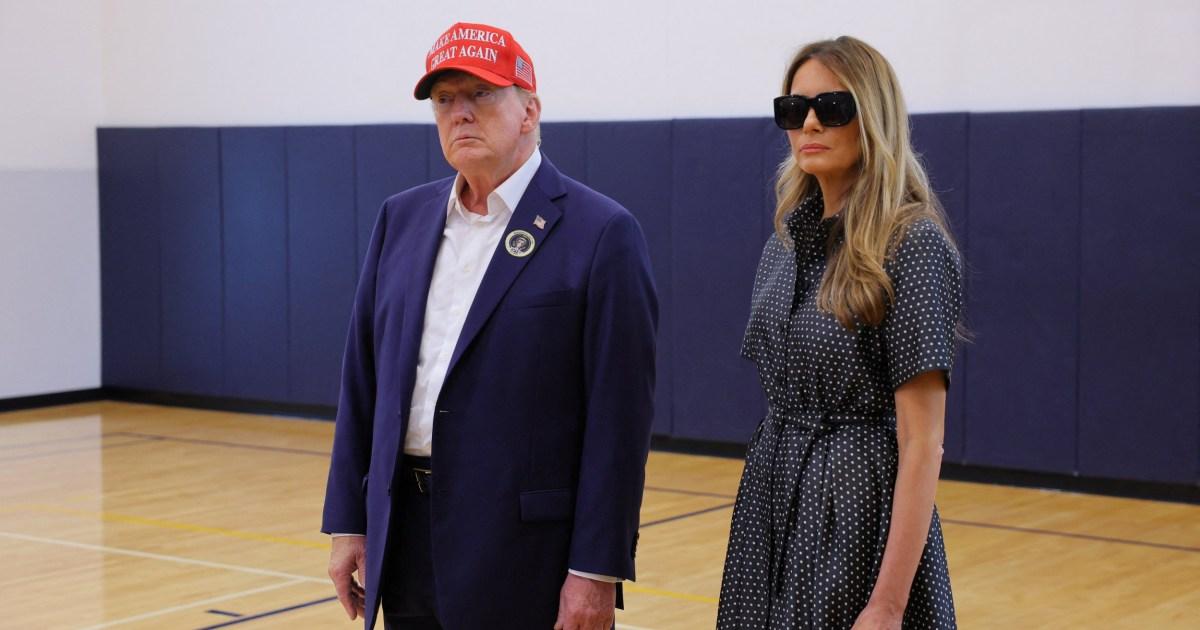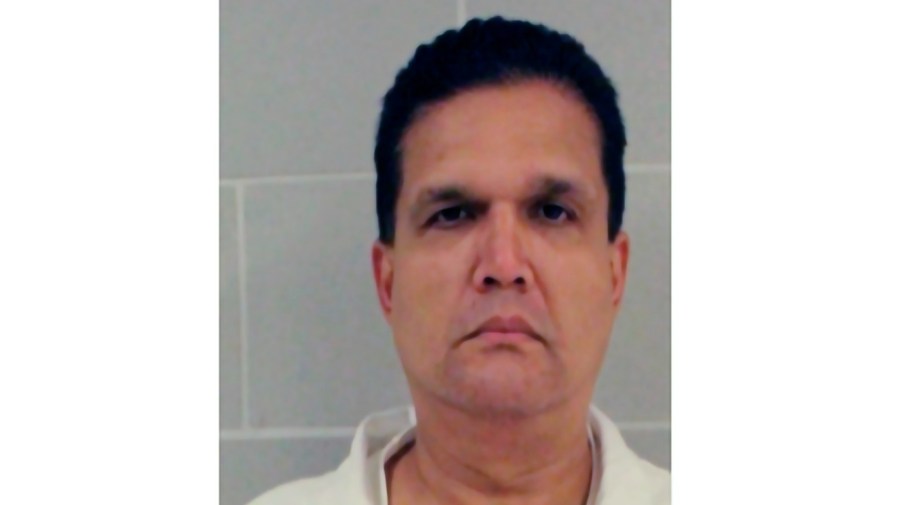Australia’s formal symbol of sovereignty, its Great Seal, has been redesigned without a reference to the monarch, breaking with more than 120 years of tradition and triggering criticisms of “republicanism by stealth”.
The new version of the Great Seal of Australia – a ceremonial stamp authorised by the monarch and used on key documents exercising royal powers in Australia – was authorised via royal warrants signed by the prime minister, Anthony Albanese, and King Charles III during his visit to Canberra’s Government House earlier this month.
The design was prepared by the Royal Australian Mint and features the coat of arms of Australia encircled by wattle, the national floral emblem.
It replaced a design that featured the words “Elizabeth the Second Queen of Australia” encircling Australia’s coat of arms, first authorised for use by royal warrant in 1973. That version was overseen by the Whitlam government, which pushed to drop historic references to Britain in the modernised design. The seal had previously been relatively unchanged since its introduction by Queen Victoria in 1900 and use from federation the following year.
The prime minister and cabinet’s office confirmed the 2024 emblem was approved by the king on the advice of the prime minister. Guardian Australia understands the seal was designed to allow it to be used in perpetuity.

Anne Twomey, constitutional lawyer and professor emerita at the University of Sydney, said the change “seems to be consistent” with the Crown References Amendment Bill 2023 – passed by the lower house in November and currently in the Senate – which replaces references to the queen with “sovereign”.
“However, they haven’t put the term ‘sovereign’ on it, either. They put nothing in relation to the monarch, which is surprising, given that this is actually, from a legal point of view, a symbol of royal authority.
“It’s a bit peculiar. It is one step further than what they’re doing in the legislation.”
The Liberal National party senator James McGrath, the shadow assistant minister to the leader of the opposition, criticised what he called the “secrecy” of the design change.
McGrath said: “The Albanese Labor government like to hide from the public.
“Albanese’s removal of any reference to the monarch is republicanism by stealth.”
Prof Mark McKenna, a historian at the University of Sydney, said the design change raised significant questions around sovereign power in Australia.
“What is the government saying by making that decision? It hasn’t told us, has it? I think what they’re saying is that they don’t want to connect the Great Seal and Australia’s identity to the name of the monarch.
“It raises the question: if the Australian people are the sovereign power in this country, then we have to make that explicit and not through under-the-table kind of changes like this. We’re effectively admitting that we are a republic in spirit if not in name.
“In light of this change, should our members of parliament be swearing allegiance to a sovereign and their heirs and successors who we are not willing to put on the Great Seal of Australia?”










